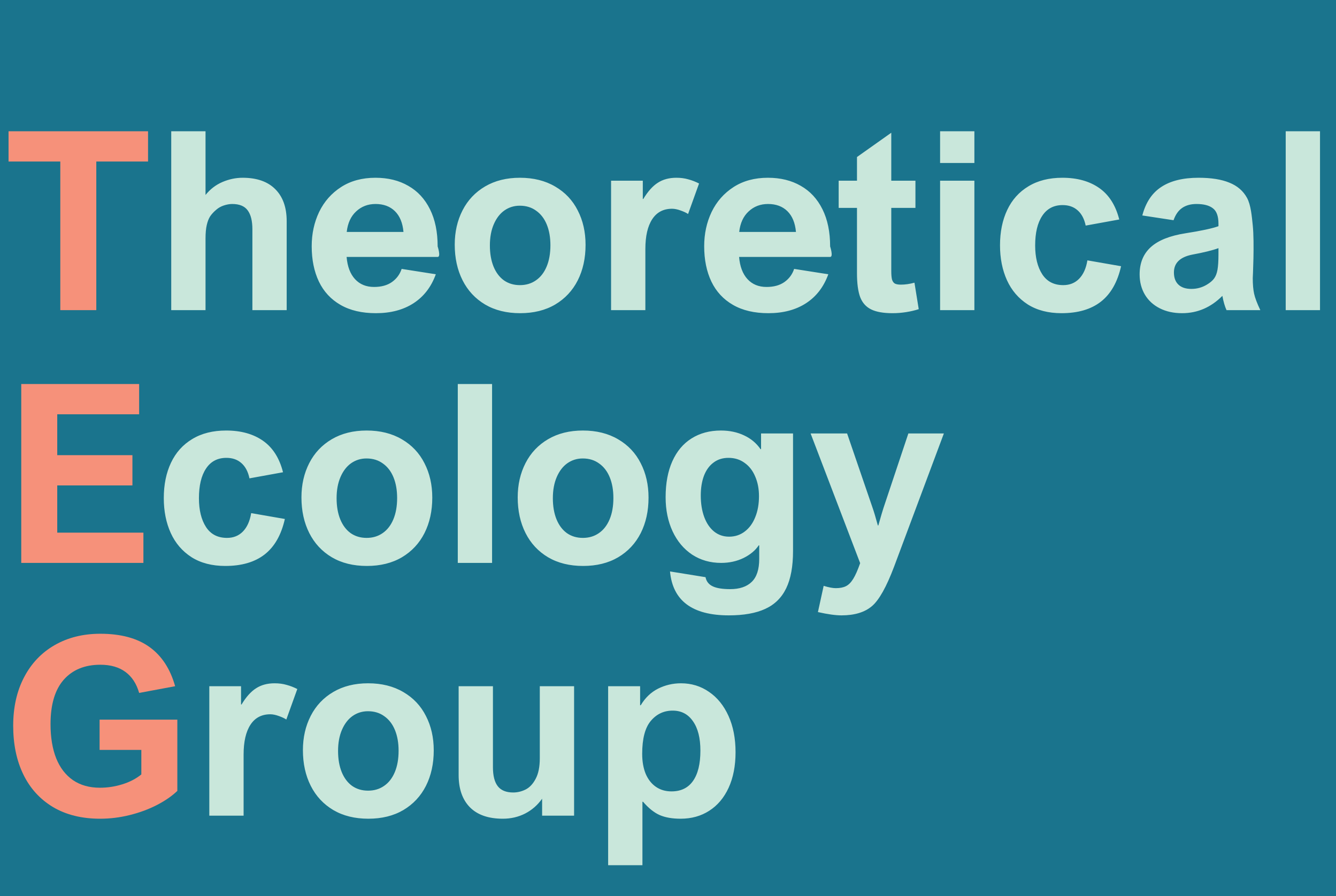




The ocean stores much more carbon than the atmosphere and plays a critical role in controlling the atmospheric concentration of CO2 and thereby the Earth’s climate. Phytoplankton converts CO2 to particulate organic carbon (POC) and subsequent sinking of POC (passive carbon flux) contributes to drainage of CO2 from the atmosphere. Vertically migrating organisms such as mesopelagic fish also take part in the carbon transport (active carbon flux). If these fishes eat more of their food in shallow than in deep water, they likely contribute to carbon sequestration, and the deeper they migrate more carbon are sequestered. However, the net effect of the fishes also depends on food-web interactions regulating the passive carbon flux. This is analysed by use of depth-resolved food-web models that are constrained by observational data from ocean areas of different productivity and transparency.
Increased forestation and terrestrial greening increase the load of dissolved organic matter (DOM) to coastal water. Elevated DOM concentration increases light absorption, which in turn decreases light penetration and makes water darker with consequences for underwater photosynthesis and visibility. E.g., it has been hypothesized that DOM-associated darkening has resulted in reduced visual foraging opportunities for mesopelagic fishes, concurrent increase in zooplankton prey, and thereby favoured tactile predators such as the jellyfish Periphylla periphylla. Furthermore, DOM-associated darkening has the potential to reduce seaweed and kelp habitats and cause shallower and delayed spring blooming of phytoplankton. I analyse DOM-associated darkening effects on marine ecosystems by use of models that are constrained by observational data from coastal areas with different DOM concentrations of terrestrial origin.
In contrast to the terrestrial world, the sea has systems characterized by “stationary predator and advected prey”. This allows local build-up of a much large predator biomass than local production can sustain. This is utilized in mariculture of filter feeders and seaweeds (i.e., nutrients are the “prey”). By nature, such organisms are attached to the bottom and production is constrained by a space in this 2D-habitat. In mariculture, however, where such organisms are grown in a 3D-habitat, area-intensive food (and feed) production can be achieved. In contrast to agriculture, this is realized without large supplies of feed, industrial fertilizers, and freshwater. This is the rationale of science advise recommending that increased LT-mariculture is an option to achieve more sustainable food production.
(+47) 55 58 44 78
Office:
5G19
Thormøhlensgate 53B
5th floor
Postal Address:
Department of Biological Sciences
University of Bergen
P.O. Box 7803
N-5020 Bergen
Norway